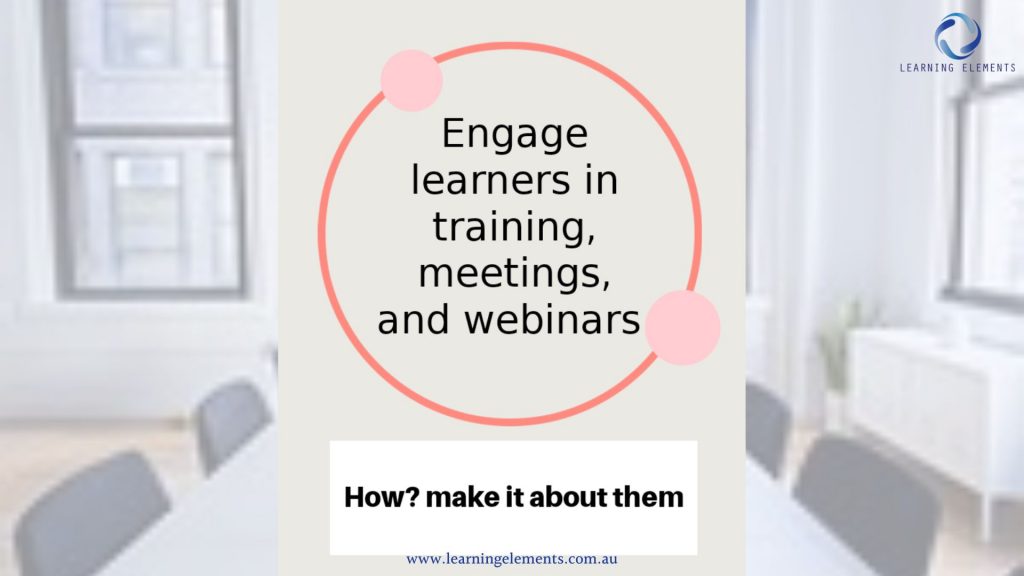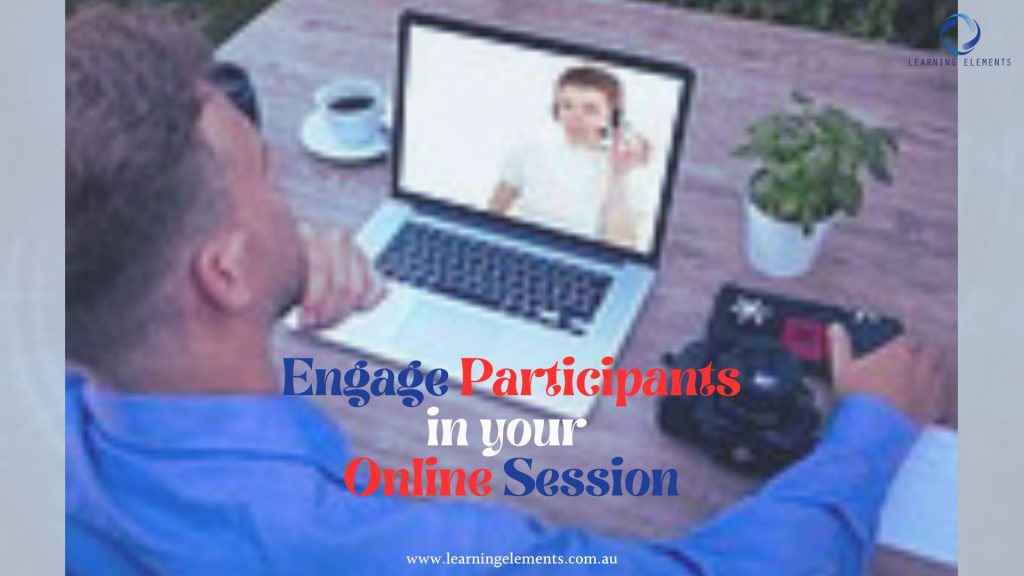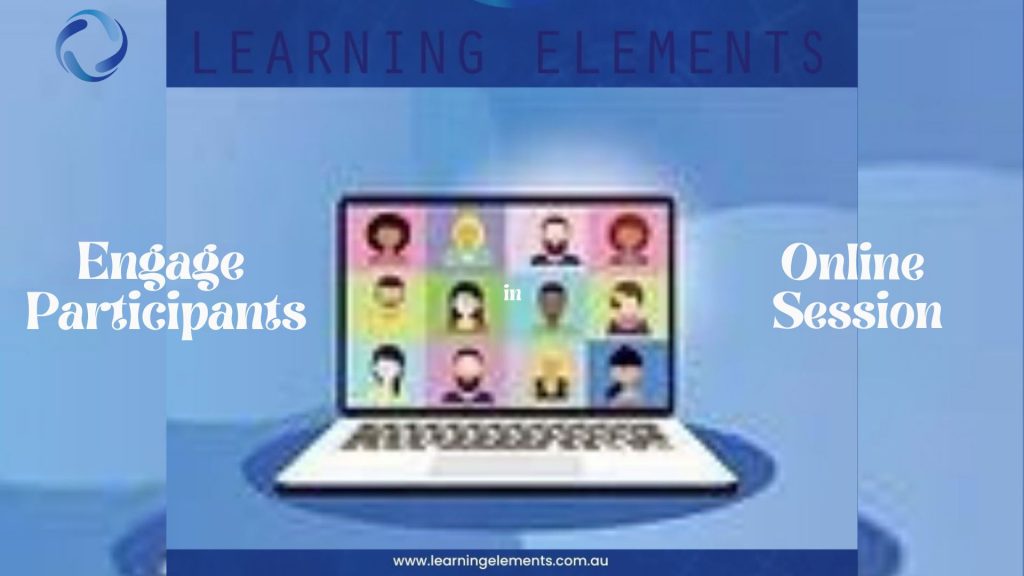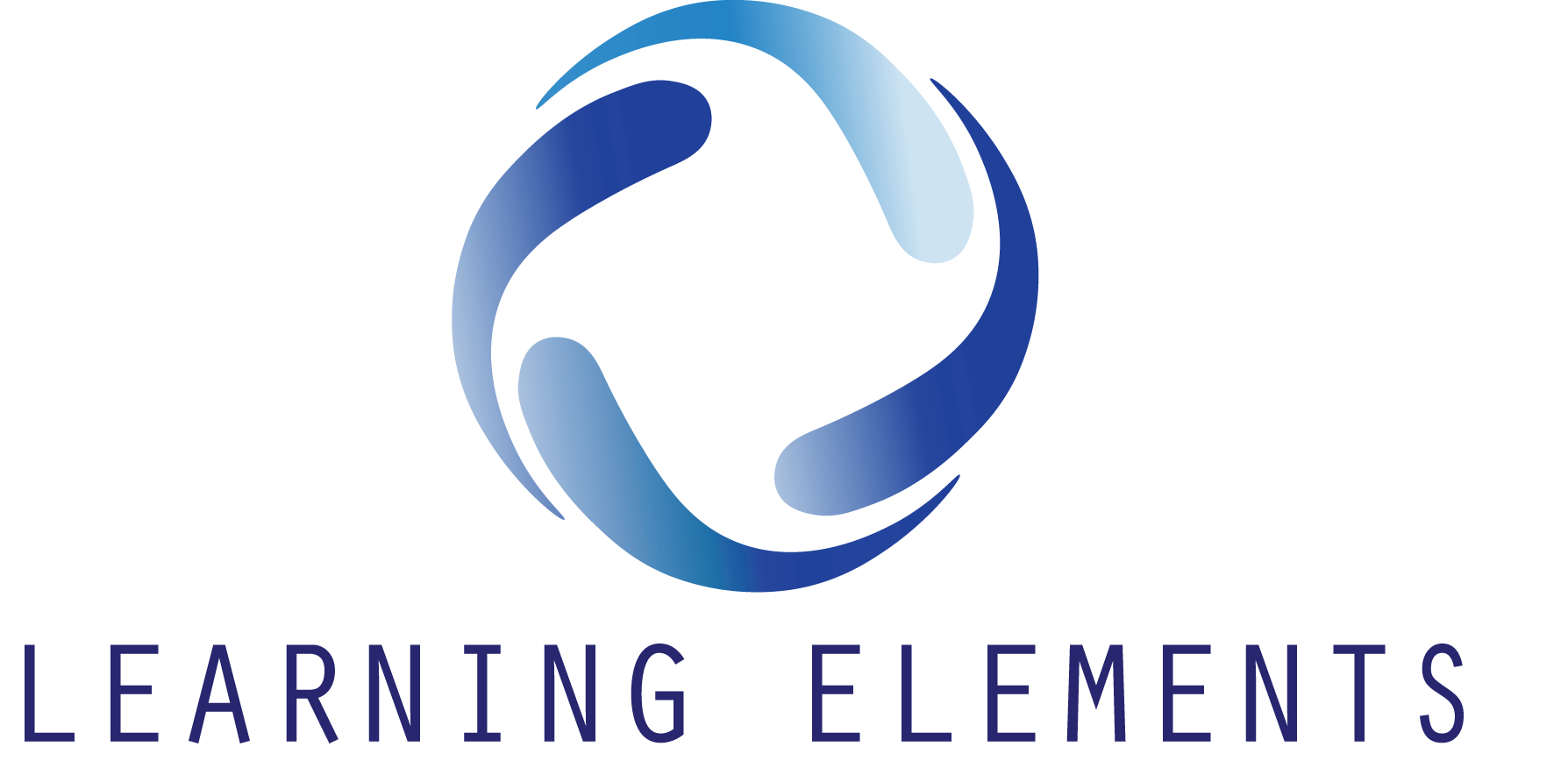Engage Participants in Your Online Session
In the sphere of virtual interactions, mastering the art of engaging participants in your online sessions has become more crucial than ever. The digital landscape demands a distinct approach to captivate and engage your participants. Amidst the multitude of strategies that can be employed, one fundamental principle stands out: talk less about yourself. While sharing your expertise is important, the key lies in striking a balance between self-promotion and providing valuable content. This article delves into the nuances of fostering participant engagement by shifting the focus away from self-centred dialogue. By exploring alternative methods that emphasise audience needs and interaction, you can create meaningful connections, encourage active participation, and ultimately craft online sessions that leave a lasting impact.

How to Engage Participants in Your Online Session?
TALK LESS ABOUT YOURSELF.
I’ve joined a lot of online webinars, meetings, and training lately, and the most engaging ones were delivered by people with training and facilitation skills. The sessions were engaging for participants for two reasons. Firstly, the host provided them with what they had signed up for. Secondly, they utilized technology to connect and interact with others.
When I signed up for a webinar or training, I did so because I found the topic interesting and felt I could learn a new skill or information. Upon joining the meeting, my intention was to discuss the items that were listed in the agenda invitation. When the right information and the right amount of information were shared in a two-way conversation where the host made a connection with the participants, the session was engaging and effective.
To create engaging sessions, hosts need to strike a balance between introducing themselves and focusing on relevant content. While it’s important to establish trust with a new audience, excessive self-promotion can be off-putting. Moreover, poorly planned sessions can easily become sidetracked and waste participants’ time. When you have a 30-45 minute time slot, a maximum of 5 mins is sufficient to talk about credentials. You should use the remainder of the time to cover the key topics, summarize, and conduct a Q&A.

What’s more?
When you spend and then rush through the reason why people joined a session, the key topics, it can devalue your message. This can be avoided by creating a session plan or agenda and practicing it. If it is training or any content you’re sharing for the first time, be comfortable with the technology you’re using.
Spending 15 mins talking about your work history can detract from the key topics that brought people to the session. To avoid this, it’s essential to create a clear plan or agenda, especially for new content or training. Additionally, you need to feel comfortable with the technology being used. Consider how you can invite discussion to engage participants in your online session and manage your time.
Would you like to improve your facilitation skills? Sign up for our Train The Host training.


